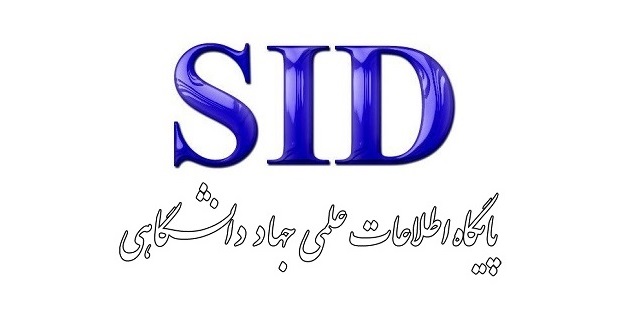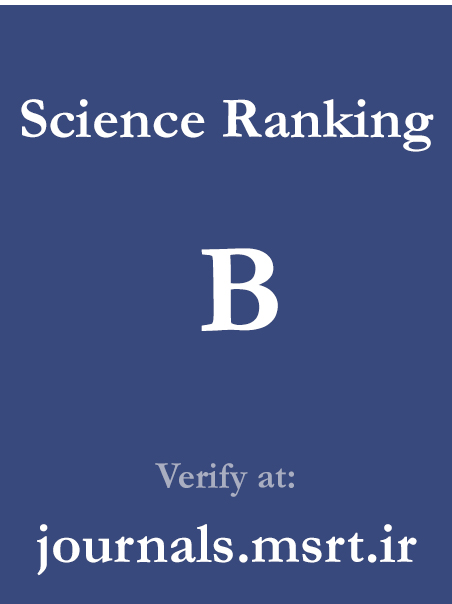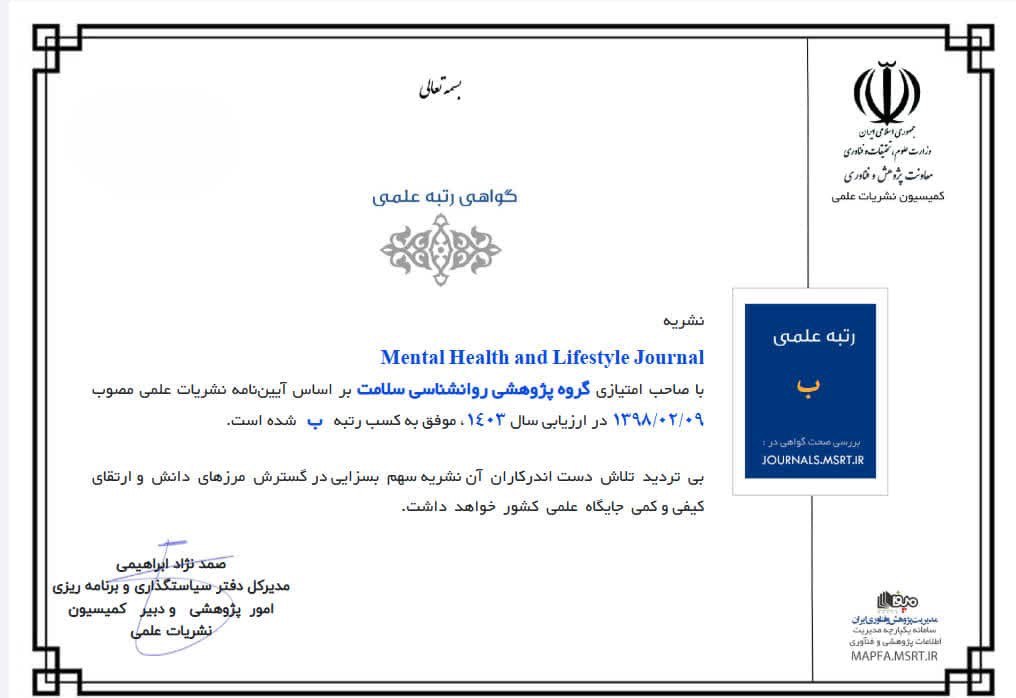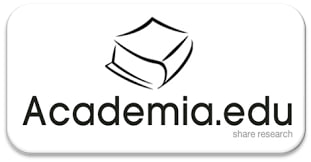Structural Equation Modeling of Insecure Attachment Styles and Moral Sensitivity with Obsessive Beliefs Based on the Mediating Role of Fear of Self and Self-Ambivalence
Keywords:
Structural equation modeling, Ethical sensitivity, Obsessive beliefs, Fear of self, Self-ambivalence.Abstract
Obsessive-Compulsive Disorder (OCD) is a complex and debilitating psychological disorder in which obsessive beliefs constitute its core. Therefore, identifying the underlying factors influencing these beliefs is of considerable importance.
Objective: This study aimed to apply structural equation modeling to examine the complex relationships among insecure attachment styles (anxious and avoidant), moral sensitivity, and obsessive beliefs, with fear of self and self-ambivalence as mediating variables. A total of 452 university students in Tehran (predominantly female, aged 18–24, undergraduate level) participated in the study using convenience sampling. Data were collected using the Obsessive Beliefs Questionnaire (OBQ), the State Adult Attachment Measure (SAAM), the Ethical Sensitivity Scale Questionnaire (ESSQ), the Fear of Self Questionnaire (FSQ), and the Self-Ambivalence Measure (SAM). The data were analyzed using structural equation modeling based on partial least squares (PLS-SEM). The results indicated that insecure attachment styles—particularly the anxious type—were positively and directly predictive of obsessive beliefs, whereas moral sensitivity was negatively and directly predictive of obsessive beliefs. Additionally, fear of self and self-ambivalence played partial mediating roles in these relationships. Specifically, insecure attachment indirectly influenced obsessive beliefs through increased fear of self and self-ambivalence, whereas moral sensitivity indirectly influenced obsessive beliefs through decreasing these mediators. The model demonstrated strong goodness of fit and satisfactory predictive power, highlighting the complex interaction between self-related, attachment-related, and moral variables in the psychopathology of obsessive beliefs. These findings open new avenues for understanding the etiology and designing targeted preventive and therapeutic interventions in the field of Obsessive-Compulsive Disorder.
Downloads
Downloads
Published
Submitted
Revised
Accepted
Issue
Section
License
Copyright (c) 2025 Niloufar Shakib (Author); Mohsen Kachooei; Hojjatollah Farahani (Author)

This work is licensed under a Creative Commons Attribution-NonCommercial 4.0 International License.









